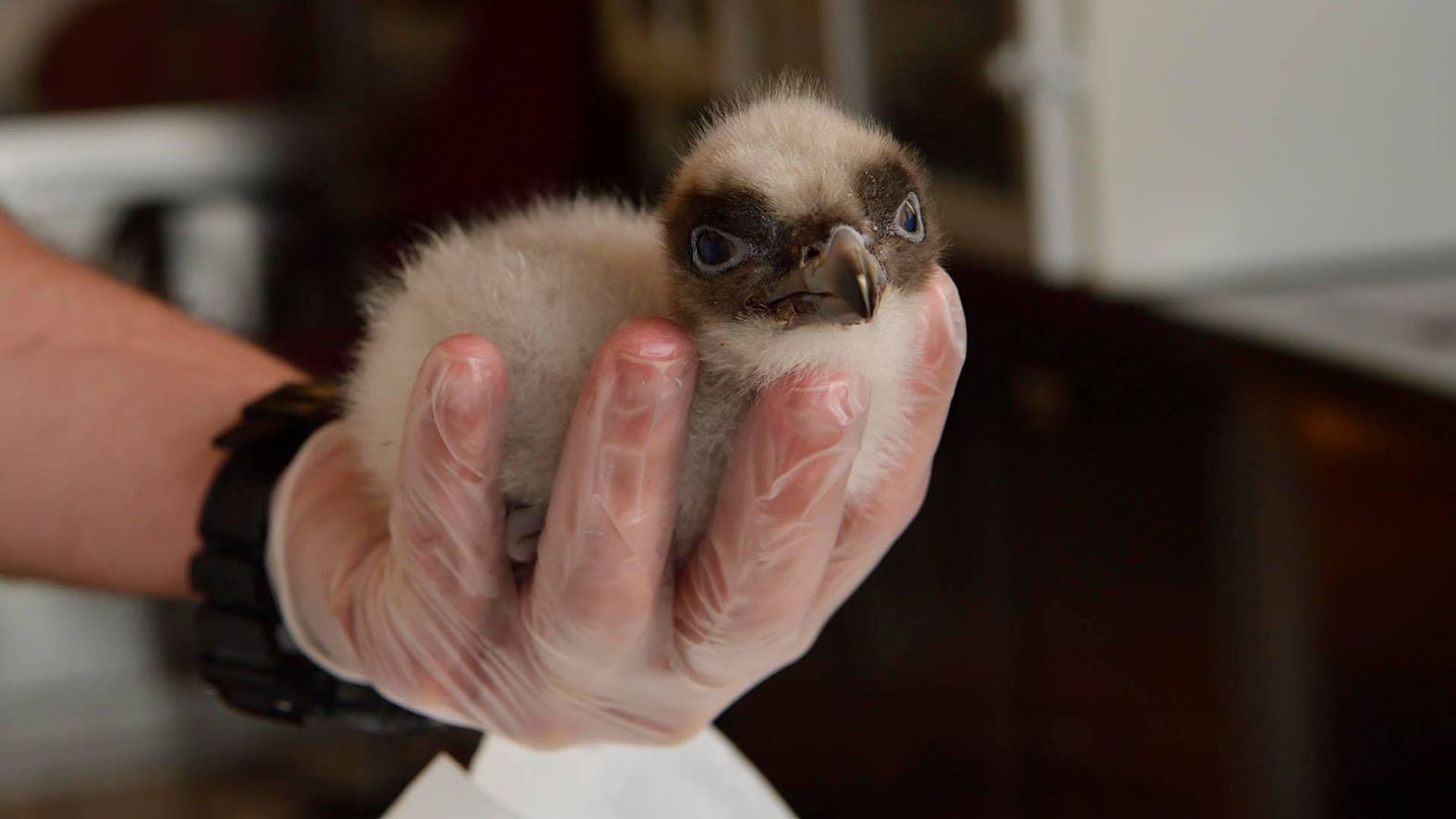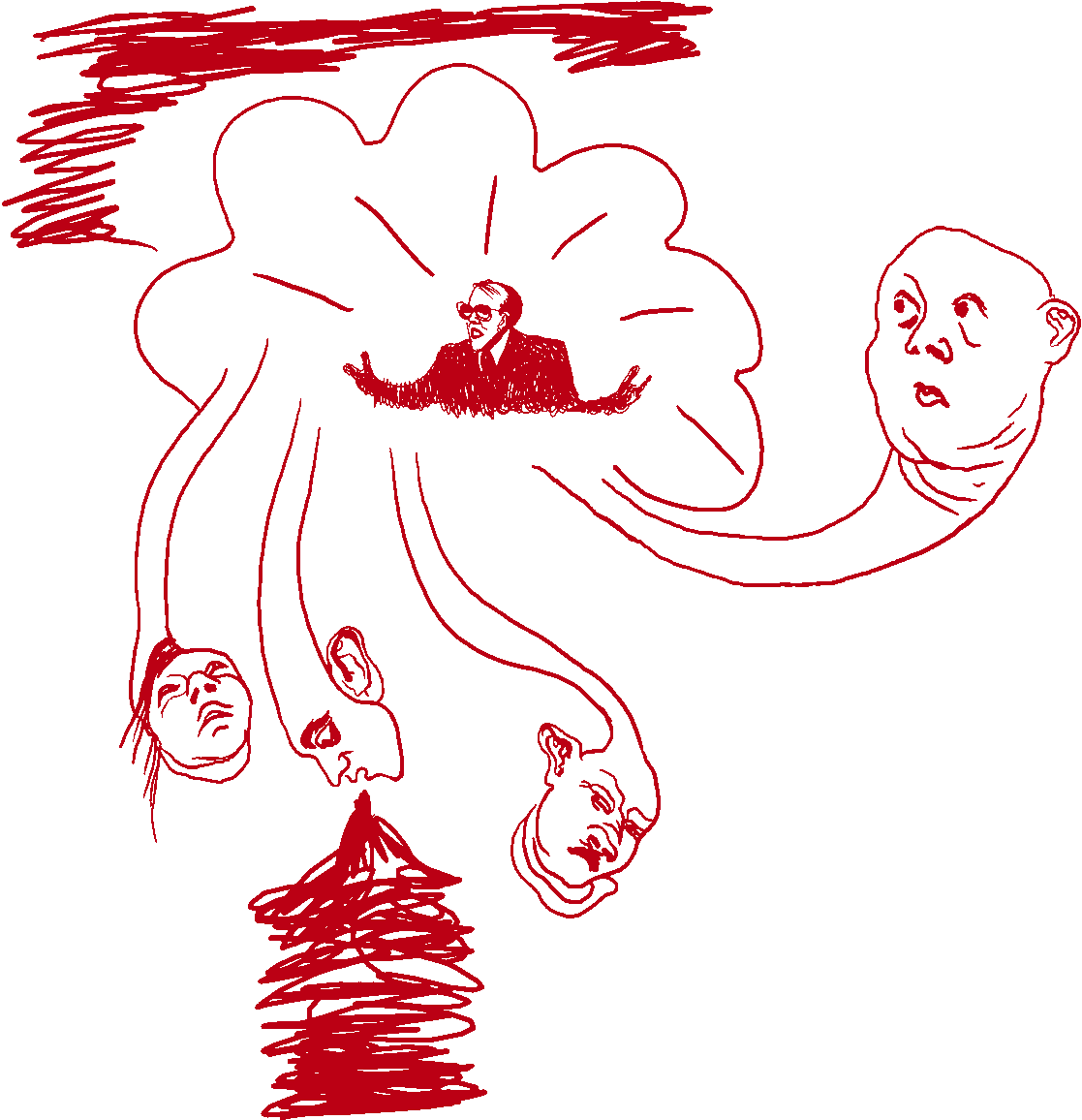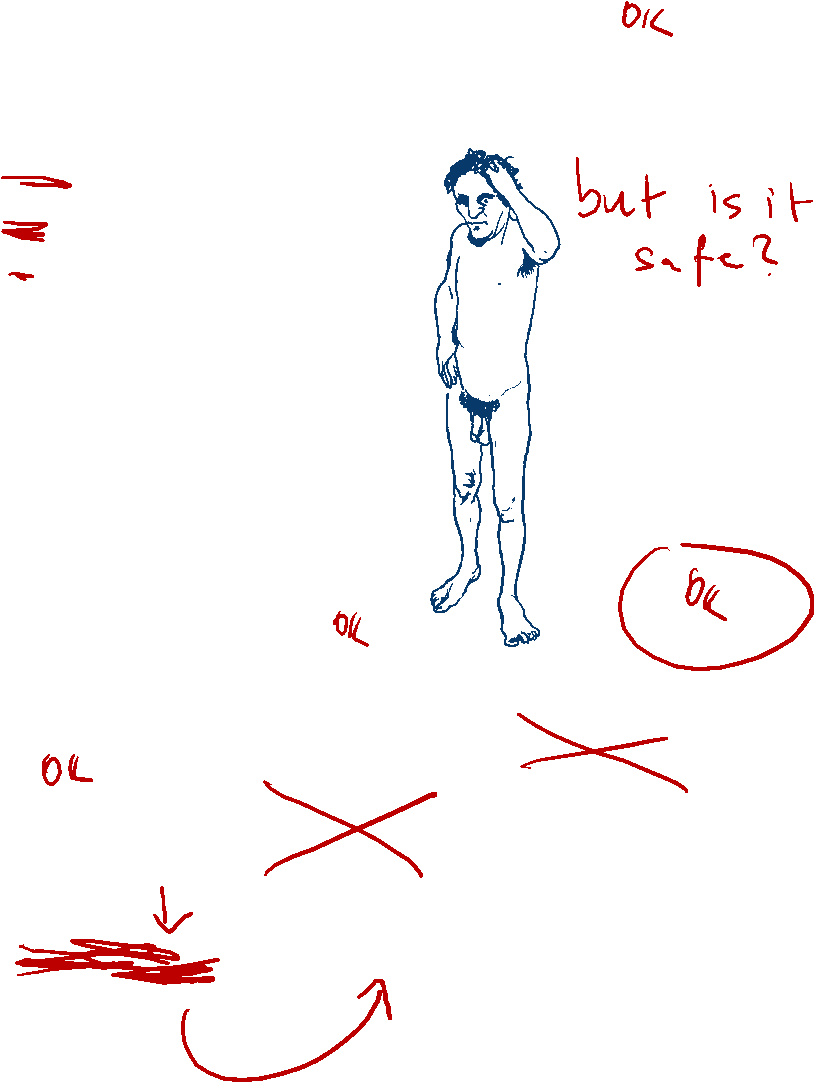Each year, as snow and ice melts from the peaks of the Alps, young bearded vultures take their first flights. Fending for themselves for the first time, they are looking for food — not live prey but the carcasses of ibex and mountain goats that died during the winter, their bodies preserved in the ice. As summer lengthens and the young birds get bigger, their attention shifts to a different food source — bones. Bearded vultures are the only animal with a diet of almost all bone.
But a century ago, these vultures would not have been seen along the European mountain range. The local population was driven extinct, as bounties were placed on their heads, since people believed they snatched and killed lambs and even small children. The last wild bearded vulture in the Alps was shot and killed in the Aosta Valley in Italy in 1913.
Thanks to a reintroduction project, led by the Vulture Conservation Foundation (VCF), populations are now rebounding. In 1986, VCF started releasing vultures raised in captivity into the wild, and since then it has released 264 birds in the Alps. The alpine population is now self-sustaining, with 522 wild fledglings born since 1997. The birds were declared a protected species by the EU in 2009, and in France, hunting one carries a maximum penalty of €150,000 ($206,000) and three years in prison.
Today, VCF estimates there are up to 460 bearded vultures in the Alps, with 61 wild birds born in 2024. Where once farmers hunted the “gypaète barbu” or “lammergeier” as they are known in French and German, now hikers turn their eyes skyward, hoping to catch a glimpse of these birds that came back from the brink.











